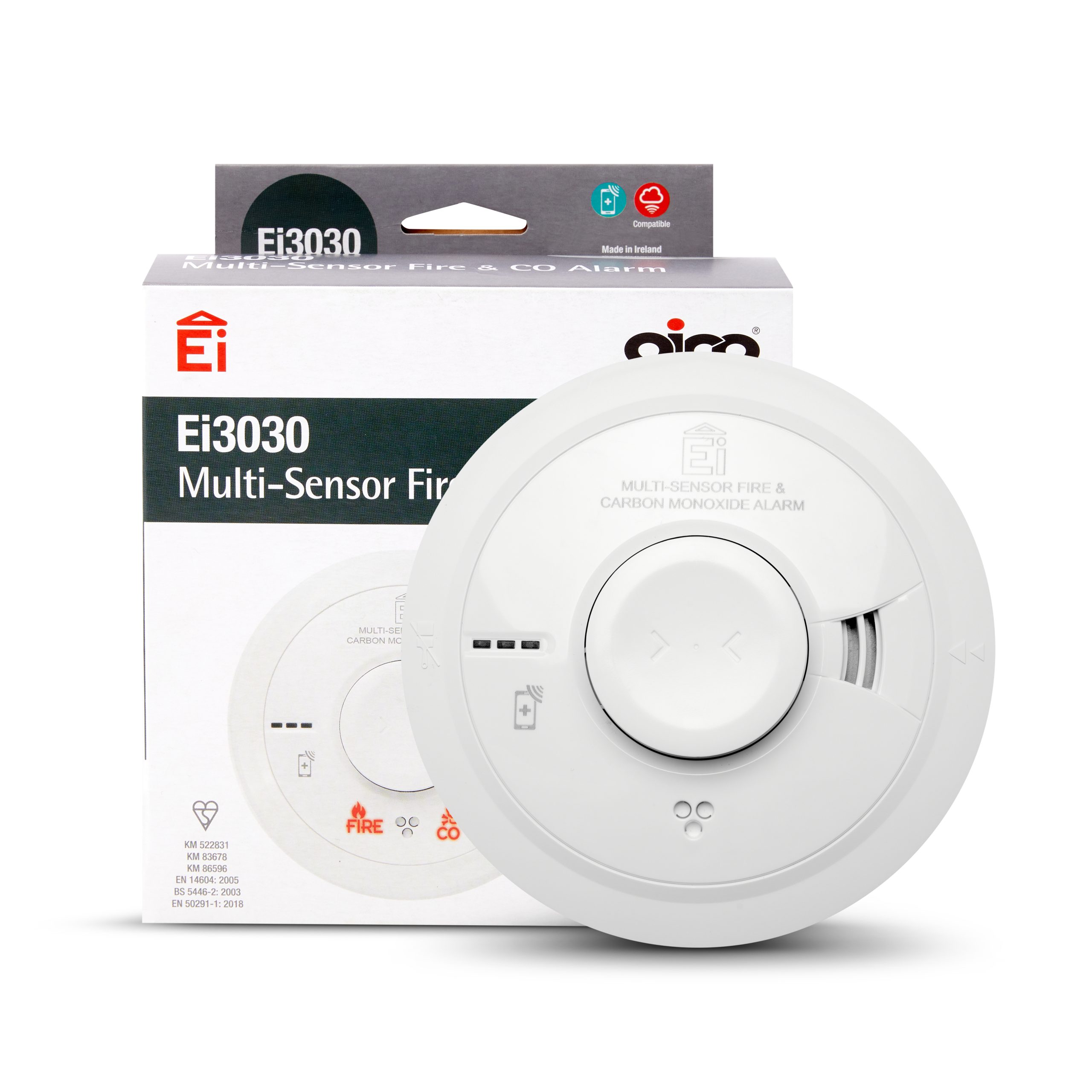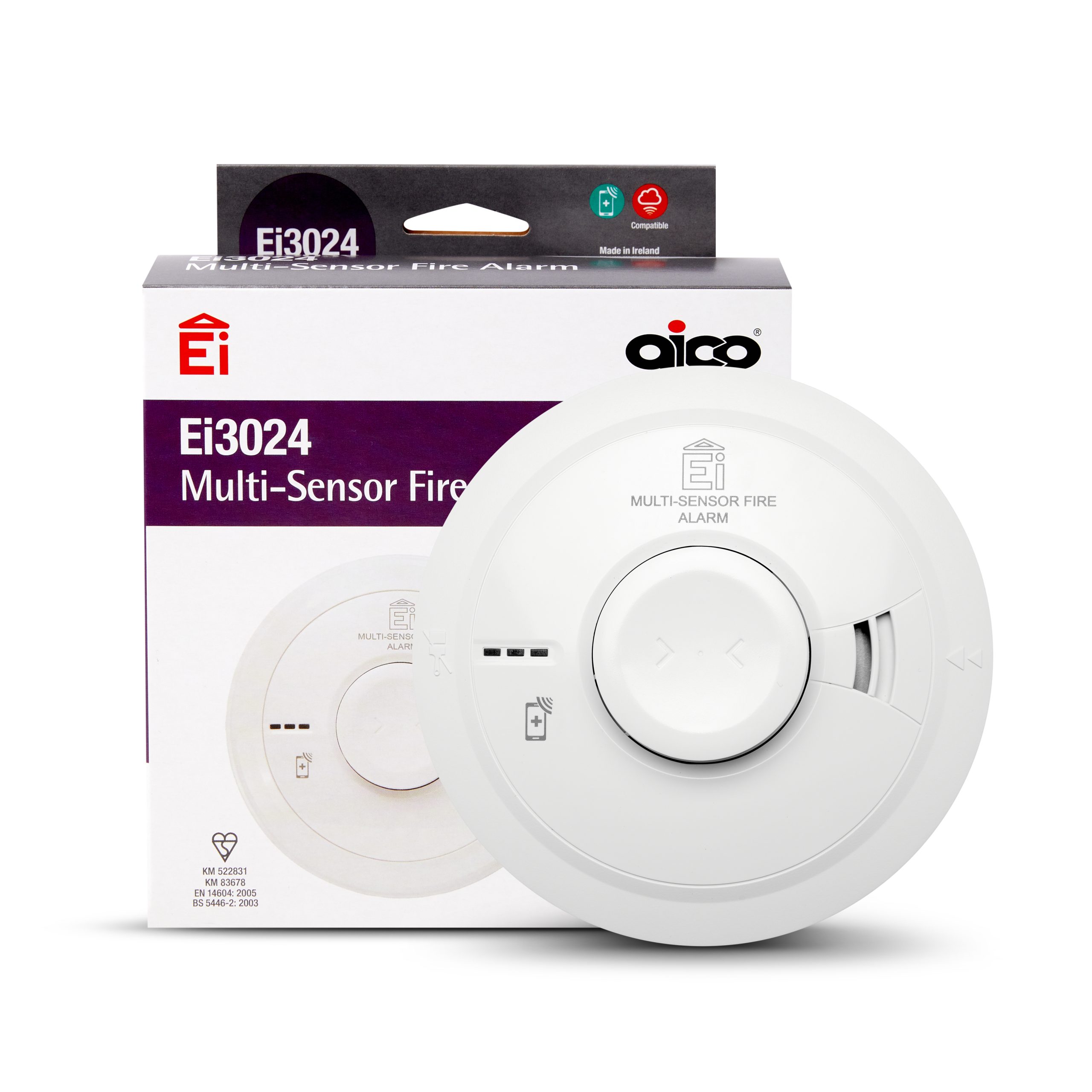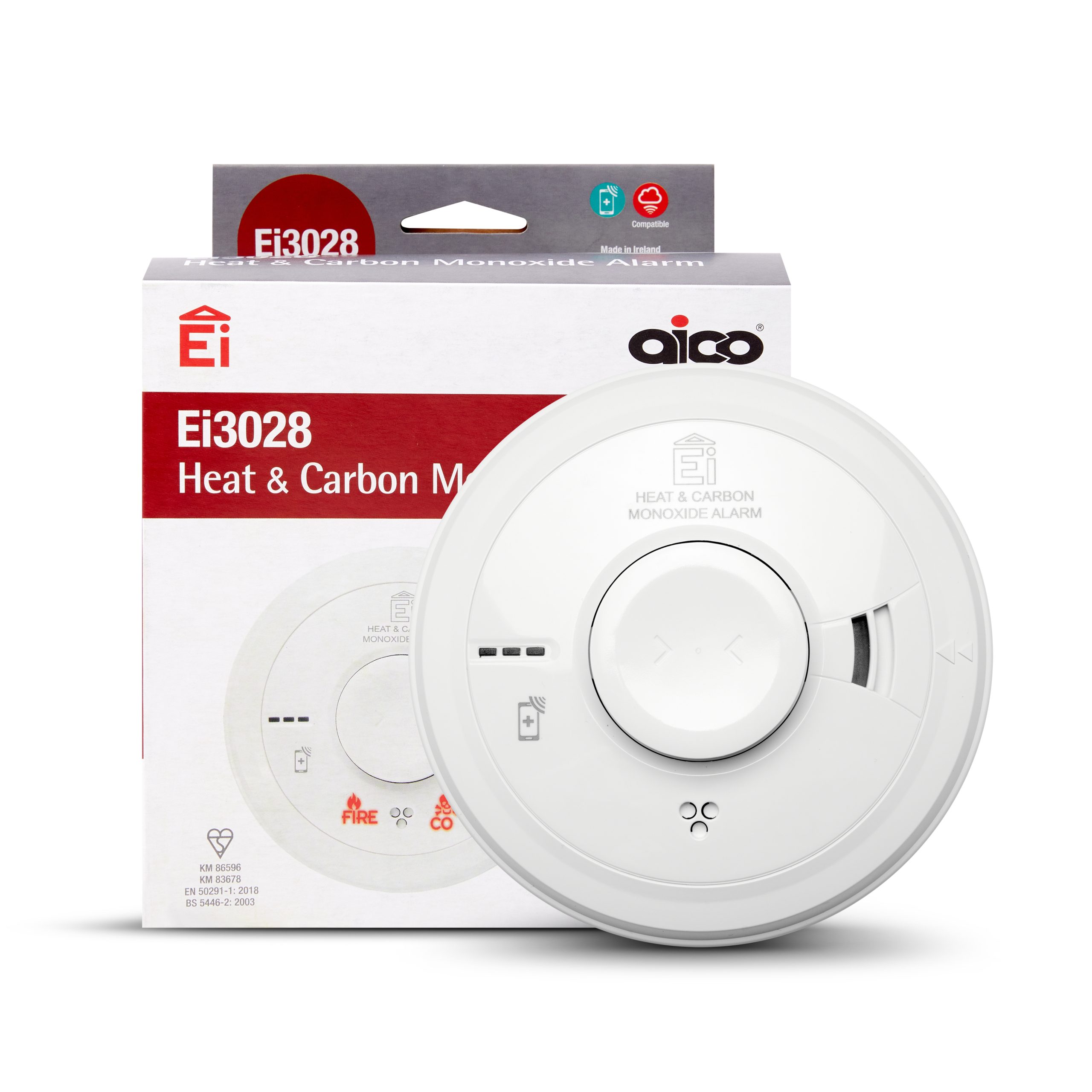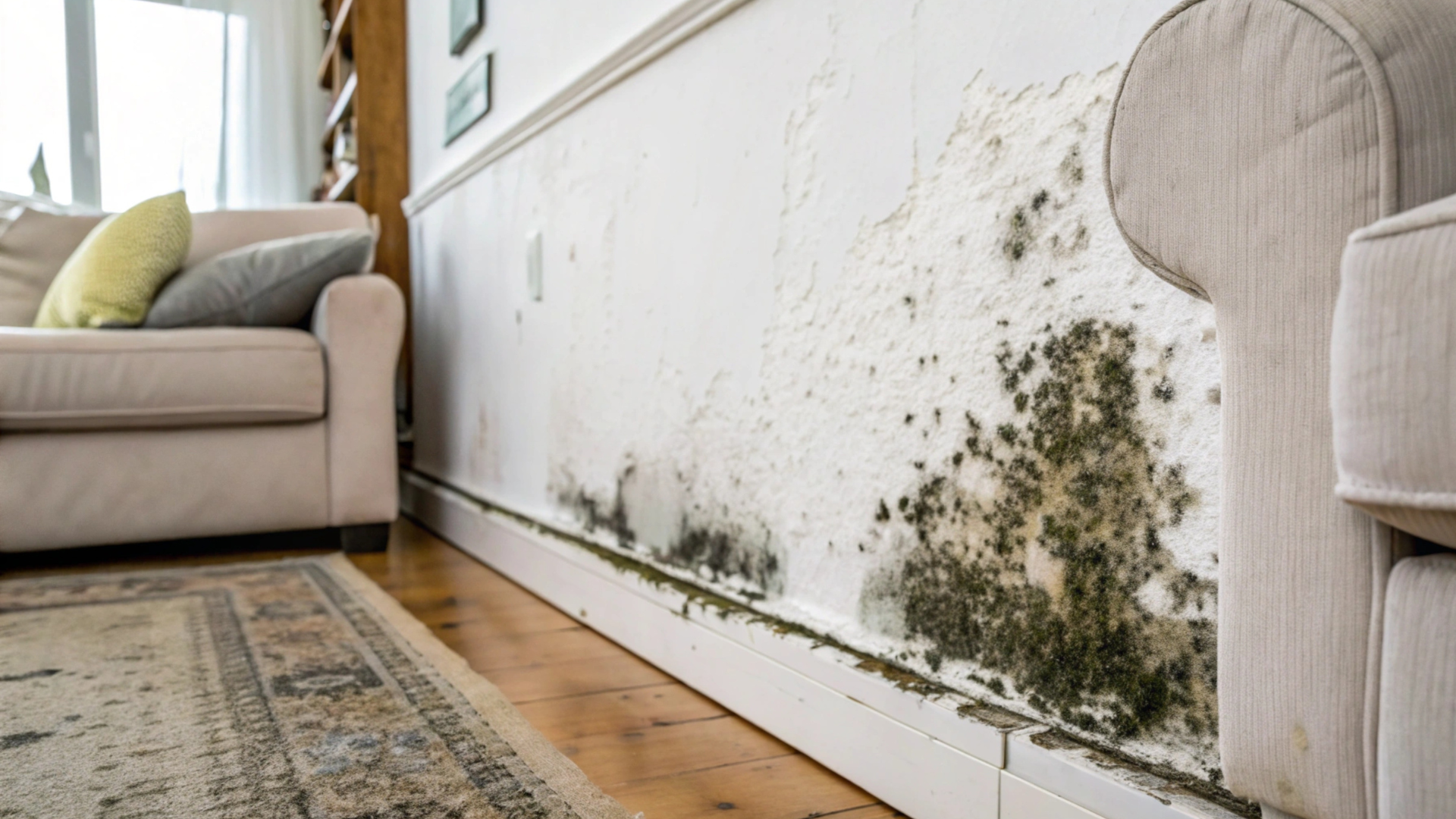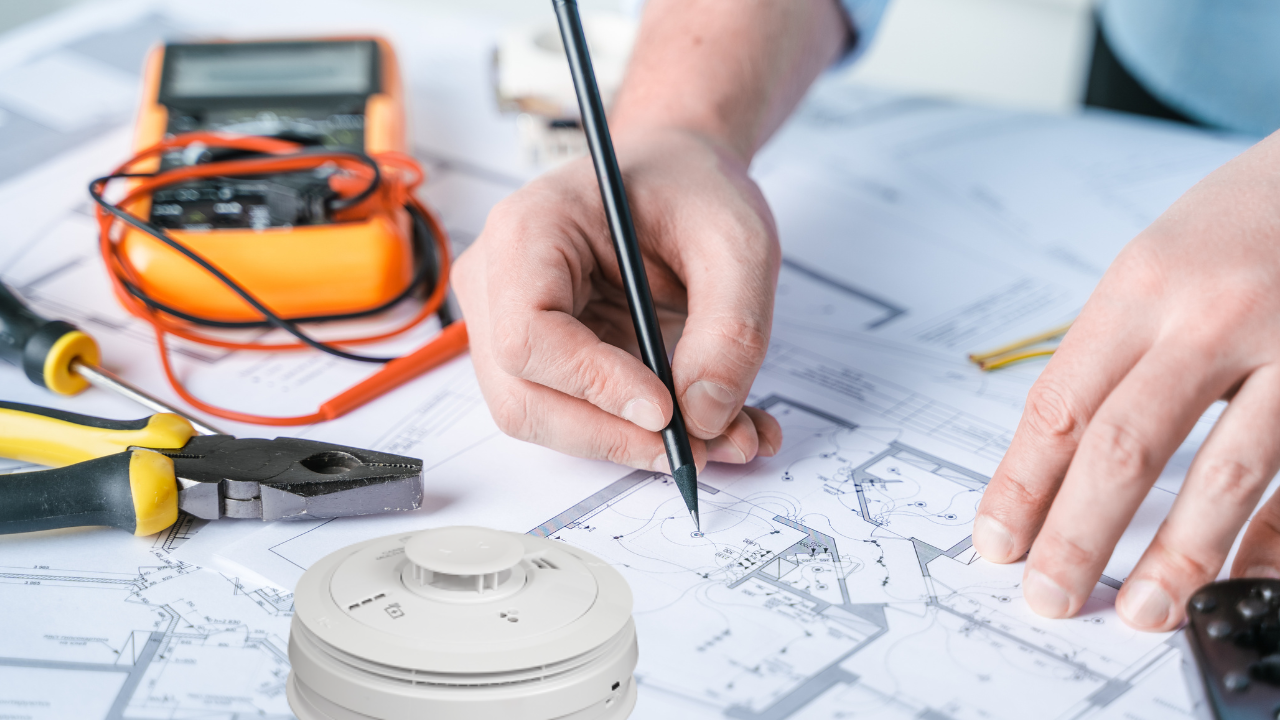Landlord Fire Safety
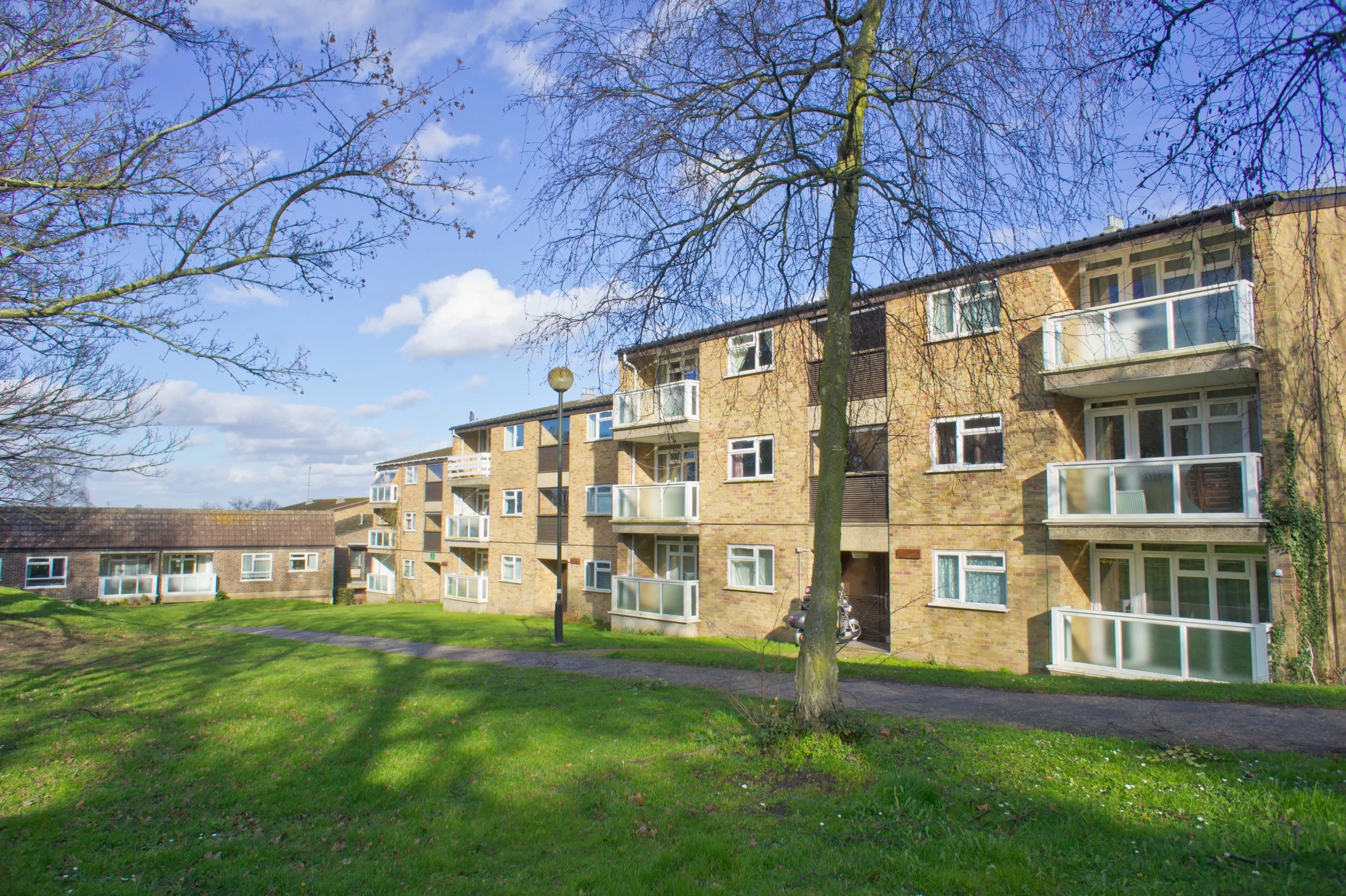
Within rented accommodation, fire safety responsibilities are shared between the landlord and tenants of a property, however the risk of fire is seven times higher for tenants in rented or shared accommodation, any fire can having devastating effects for both the property and the tenants. A fire can make a property inhabitable and can be costly to repair for the landlord, along with having both physical and mental health repercussions on tenants, resulting in loss of personal possessions and the place they call home. Often these fires are the result of common fire hazards and can be easily avoided with the correct home life safety system.
Common Causes of Fires
The most common causes of domestic fires are usually the most avoidable, with electrical devices, cigarettes and candles being the most likely culprits. It is important to remember:
- Don’t use heaters to dry clothes and ensure any flammable material is a safe distance away from them
- Tenants need to inform their landlord immediately if they are concerned about the property electrics, especially if they notice burn marks around plugs or cables
- Don’t overload plugs and extensions with too many appliances, check the number of amps it can handle
- Avoid placing candles and tea lights on or near materials that could catch fire, for example curtains
- Always make sure cigarettes are put out completely, even a small ember can start a fire
Above is some fire safety advice to keep your tenants and property free from fire. Discover our in-depth home fire safety advice.
Are Landlords Responsible for Fire Safety?
Landlords are legally required to implement several safety precautions to keep both their properties and tenants safe from fires, with the minimum requirements consisting of:
- A smoke alarm sited on each floor of the property, it’s important to have the right type of alarm fitted in the correct locations to detect fire as quickly as possible.
- A Carbon Monoxide alarm in any room with a solid fuel burning appliance, such as an open fire or wood burning stove
- Checking that tenants have access to escape routes
- Ensure furniture and furnishings are fire resistant
- Fire alarms and fire extinguishers for properties that are classed as a large house in multiple occupation (HMO)
These are just some of the fire safety measures landlords can implement to protect properties and tenants.
Smoke and Carbon Monoxide Alarms
Landlords are required by law to have at least one working smoke alarm installed on every floor of their rental properties, with a Carbon Monoxide alarm sited in any room containing a solid fuel burning appliance. Landlords are also responsible for making sure alarms are working at the start of each new tenancy and encourage tenants to check the alarms monthly.
As the result of a recent consultation, the Government are extending the existing private rented legislation to socially rented properties in England; it also considered the important question of whether the existing legislation was sufficient. In addition, the Approved Document J legislation looked to remove the word ‘solid’ from the requirements for CO alarm installation. The change would also be included in the building regulations (Approved Document J). There is no specified date for when these regulations are going to become law, however it has been suggested that this could come in to place in late 2022, with no expected grace period for compliance.
For many housing associations and social housing groups, implementing a connected home system enables them to see what alarms need changing, which alarms have been triggered, and keep up-to-date on the status of all the alarms within their properties just at a quick glance. Aico’s SmartLINK Gateway and accompanying 3000 Series alarms offer this, as all the alarms can transmit information to the Gateway via a RF connection, which can then be accessed by the property owner via one neat dashboard either on a computer, tablet or mobile phone. The SmartLINK Gateway even sends alert messages to those named as contacts within the system when an alarm event occurs creating smarter, safer homes within the social housing sector with Internet of Things (IoT) technology.
Access to Escape Routes
Landlords are legally responsible for ensuring tenants always have access to a safe and reliable escape route. These can be both external or internal, as long as they can be used in the event of a fire and have emergency lighting, as well as the walls and floors being made from fire-resistant materials. Tenants should be made aware of what to do incase of a fire emergency, ensuring a successful evacuation from the property.
Regulations surrounding HMOs are more stringent, as these properties are often larger. A professional who has training or experience in fire risk assessment should consult on more complex rental properties.
Fire Extinguishers and Blankets
HMOs are the only rental properties that required to have fire extinguishers, one per floor and one fire blanket per kitchen. Landlords can provide fire extinguishers and blankets to tenants in other properties should they wish.
Like fire and CO alarms, the fire extinguishers should be checked at the start of every new tenancy and periodically throughout the tenancy to ensure they are in working order. It’s important to advise tenants on how and when to use fire extinguishers and blankets, as extinguishers should only be used on the type of fire they are designed for. There are four main types of extinguishers:
- Water – for tackling fires involving burning paper, wood, and soft furnishings
- Foam– suitable for flammable liquids, man-made fibres in soft furnishings and carpets that might liquidise
- Carbon Dioxide (CO2) – suitable for burning liquids, computer equipment fire, and other electrical fires
- Dry Water Mist – for burning fat or oil
Fire Doors
Fire doors are very effective at containing fires, delaying the spread of both fire and smoke, minimising damage and giving tenants more time to get to safety if a fire breaks out. These doors can be made with a combination of materials; timber, steel, gypsum and aluminium, with borosilicate or ceramic glass that contains anti-shatter wire mesh. They are flush to the door frame and have intumescent strips attached at the base of each door that expands when exposed to heat, preventing smoke from seeping underneath. Fire doors also feature a spring-loaded or hydraulic mechanism that forces the door to close, allowing a person through but preventing fire and smoke from passing from room to room. It is worth noting that to be called a “fire door” the design must be certified by a manufacturer. You can find the certification label attached to the top edge of the door, stating the; manufacturer, date of manufacture, and designated fire rating.
Currently, only HMOS are legally required to have fire doors. All doors leading to an escape route need to be fire doors, including doors within kitchens, living rooms, and bedrooms. Whilst they are not a legal requirement in other rental properties, since many fires start in the kitchen, it may be worth considering fitting a fire door in the kitchens to minimise the spread of fire should one break out.
Electrical Safety
All electrical appliances supplied by the landlord within rental properties must carry the British Safety Standard sign and the landlord must have safety certificates showing when the electrical appliances were last checked. Landlords are also responsible for ensuring electrical wiring, sockets and fuse boxes are safe throughout the tenancy.
Regulations that were announced in January 2019, in force from June 2020, brought all rental properties inline with legislation that already applied to HMOs. These regulations also require the landlord to have electrical installations in rented properties inspected and tested by a qualified professional, at least every five years. A copy of this electrical report must be given to both their current tenants, and if requested, to their local authority.
Gas Safety Checks
Landlords are required by law to:
- Make sure any gas equipment supplied is safely installed and maintained by a Gas Safe registered engineer
- Have a registered engineer do an annual gas safety check on each appliance and flue
- Provide tenants with a copy of the gas safety check record before they move in, or within 28 days of a check
- Renew each gas safety certificate annually
Gas is volatile and highly flammable, if it leaks, it can cause an explosion or fire, making it vital that Landlords follow the laws surrounding gas safety requirements. These checks can also be used to assess whether there is any CO present.
Tenants Fire Safety Responsibilities
Whilst Landlords must take measures to ensure that they meet their legal fire safety responsibilities to both their properties and tenants, ultimately it is the responsibility of the tenants to prevent fires.
Tenants within rented properties need to do everything they can to reduce fire risks throughout the property. Landlords can advise tenants in writing to do the following:
- Switching off and unplugging appliances when not in use, and don’t overload extension leads and sockets
- Remove pans from the hob when leaving the kitchen, keep tea towels away from heat sources, keep a clean oven, hob and grill as grease build-ups can ignite
- Don’t leave open flames and candles unattended
- Keep flammable materials away from heat sources and open flames
- Plan an escape route and ensure it is always kept clear, with a back-up escape route should the first be blocked by a fire
- Don’t prop fire doors open, these need to be kept shut
- Don’t store combustible objects near boilers or fuse boxes
- Test the fire and CO alarms once a month
Aico’s HomeLINK Resident App, that is available with the connected homes offering, provides tenants with a healthy home rating, temperature, humidity, and CO² data, along with handy advice on measures they can take to improve the quality of their home and to keep safe. When Fire and Carbon Monoxide alarms are interlinked with the SmartLINK Gateway, the Resident App will notify residents with testing reminders and alarm activation events.
For more information on Landlord Fire Safety requirements and Aico’s connected homes offering, please contact our knowledgeable team on 01691 664100 or via email: enquiries@aico.co.uk
